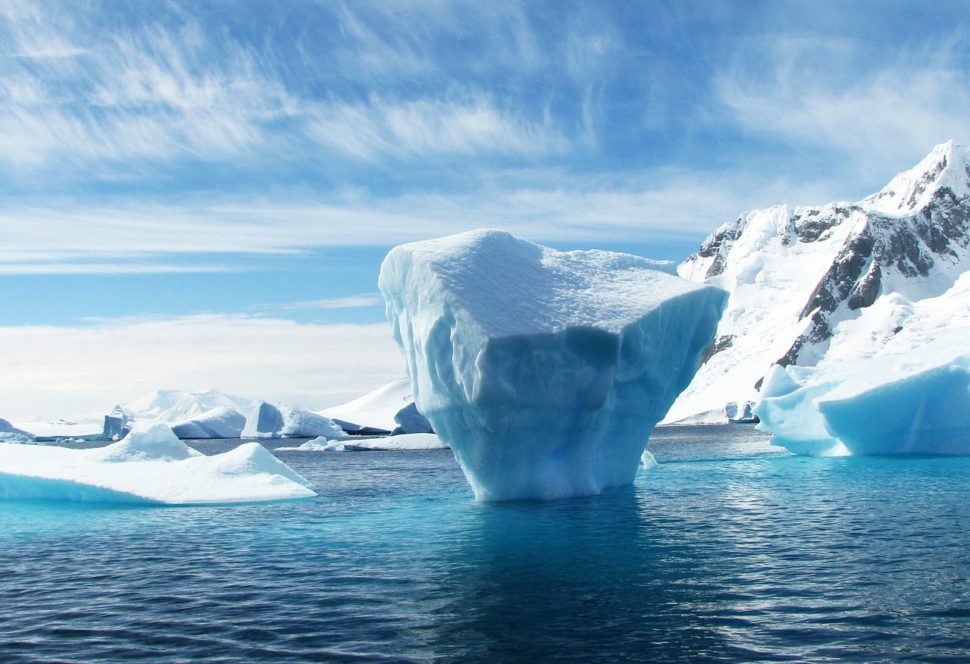Some time ago, scientists discovered that atmospheric carbon dioxide was significantly lower during ice age periods than warmer phases. Unfortunately, attempts to understand the reason for this low CO2 level has been unproductive.
With different studies came different hypothesis. The most popular ones attributed the low gas level to ocean circulation, iron-laden dust, or sea ice.
Yet, no computer model has been able to confirm the accuracy of these hypotheses, until now.
A new study in Science Advances is proposing a unique answer for this age-long mystery. It’s the combination of seawater temperature variation and iron from dust off Southern Hemisphere continents.
In a statement to the press, climate scientist at Oregon State University and co-author on the study, Andreas Schmittner said:
“Many of the past studies that analyzed ocean temperatures assumed that ocean temperatures cooled at the same rate over the entire globe—about 2.5 degrees (Celsius). When they ran their models, temperature accounted for only a small amount of atmospheric CO2 decrease.”
According to the researcher, the oceans cooled more in some regions by as much as five degrees (C) in the mid-latitudes. Why is this piece of information relevant, you wonder?
Cold water has higher CO2 solubility, said Schmittner. As a result, it could soak up more carbon from the atmosphere than previous studies accounted for. In this case, it did.
The researchers believe that colder ocean temperature was responsible for half of the decrease in CO2 levels during the last ice age.
Atmospheric Carbon dioxide and Iron-laden Dust
Aside from the colder ocean temperature, there’s also iron-laden clouds of dust coming off the continent to fertilize the Southern ocean surface. Schmittner and his colleagues theorized that it might have contributed to one-third of the CO2 decrease.
Ice scouring in the landscapes of Australia, New Zealand, and Patagonia pulled more iron out of the soil and rocks. Then the wind transports it from land into the water.
As the wind deposits iron in the ocean, the production of phytoplankton increases. In turn, these autotrophs absorbed and deposited more carbon deep into the sea.
According to the researchers’ models, these two conditions account for over 75 percent of the reduction in atmospheric CO2 during the last ice age.
Schmittner noted:
“Our three-dimensional model of the global ocean agrees well with observations from ocean sediments from the last glacial maximum, giving us a high degree of confidence in the results.”



















Comments (0)
Least Recent